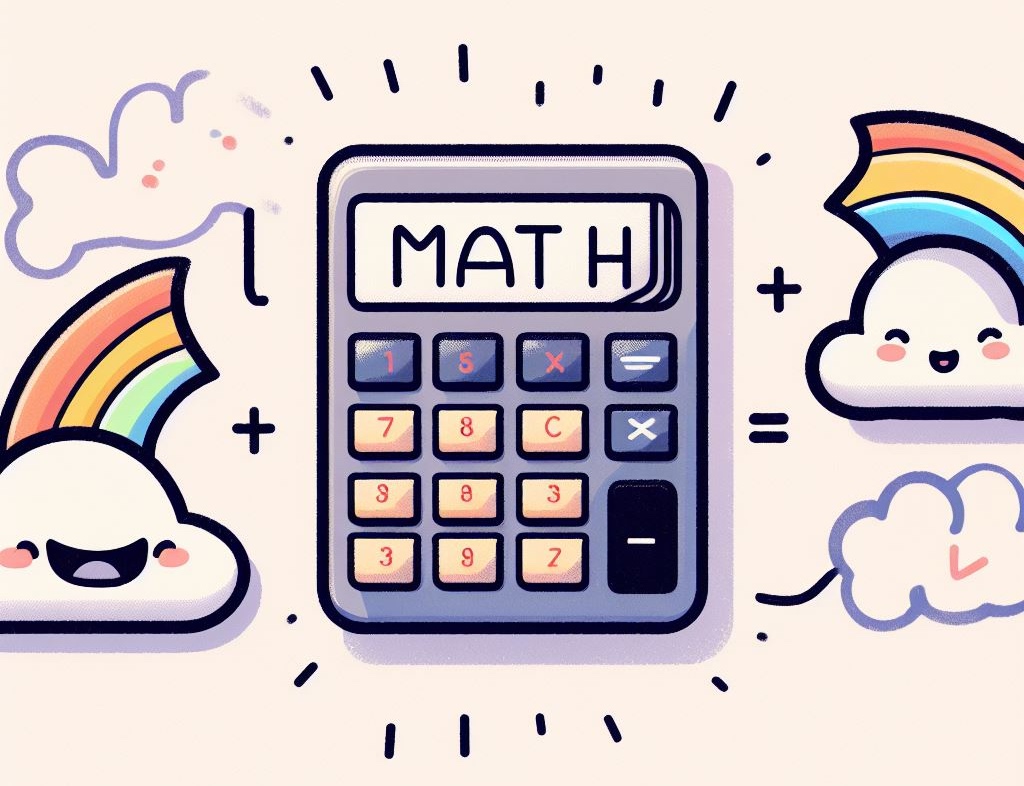
Vlad's Awesome Generative AI Compendium
Generative AI models I like

Generative AI models I like

Understand the differences in pricing between Azure OpenAI and OpenAI for fine-tuning AI models, with a detailed analysis of token and hosting costs.

I heard you like OpenAI, so I used OpenAI’s Whisper to transcribe the OpenAI DevDay Keynote, OpenAI GPT-4 Turbo to summarize the transcript, come up with ideas that illustrate the main points and generate DALL-E prompts for said ideas, OpenAI DALL·E 3 to generate the images, and OpenAI Text to Speech to narrate the summary. Xzibit would be like, so proud.

About Orca-2 The fine folk at Microsoft Research have recently published Orca 2, a new small large language model and apparently, it’s quite good! Just look at the test results below – on average, both the 7B and the 13B variants are significantly better than Llama-2-Chat-70B, with Orca-2-13B superseding even WizardLM-70B. Pretty cool! 🚀 I also love the idea behind it: prompting a big large language model (in our case GPT-4) to answer some rather convoluted logic questions while aided by some very specific system prompts, and then fine-tune a smaller model (Llama-2-7B and 13B respectively) on just the question and answer pairs, leaving out the detailed system prompts....

These are the slides and notebook I’ve used during my talk on how to build an Internet-connected search assistant almost from scratch. AKA Poor Man’s BingChat. First time I talked about it was at Codecamp Iasi, where it’s gotten a lot of positive feedback, plus it was awesome to share the stage with established speakers (and personal heroes of mine) like Mark Richards, Venkat Subramaniam, Eoin Woods, and Dylan Beattie. Yes, you can see them in the hero picture 😱....
Recently, I was curious to see how easy it would be to run run Llama2 on my MacBook Pro M2, given the impressive amount of memory it makes available to both CPU and GPU. This led me to the excellent llama.cpp, a project focused on running simplified versions of the Llama models on both CPU and GPU. The process felt quite straightforward except for some instability in the llama.cpp repo just as I decided to try it out, and which has been fixed in the meantime....

An experiment with prompt injecting Bing Chat – successfully changing its persona, exploring data extraction potential, limitations, and future implications.